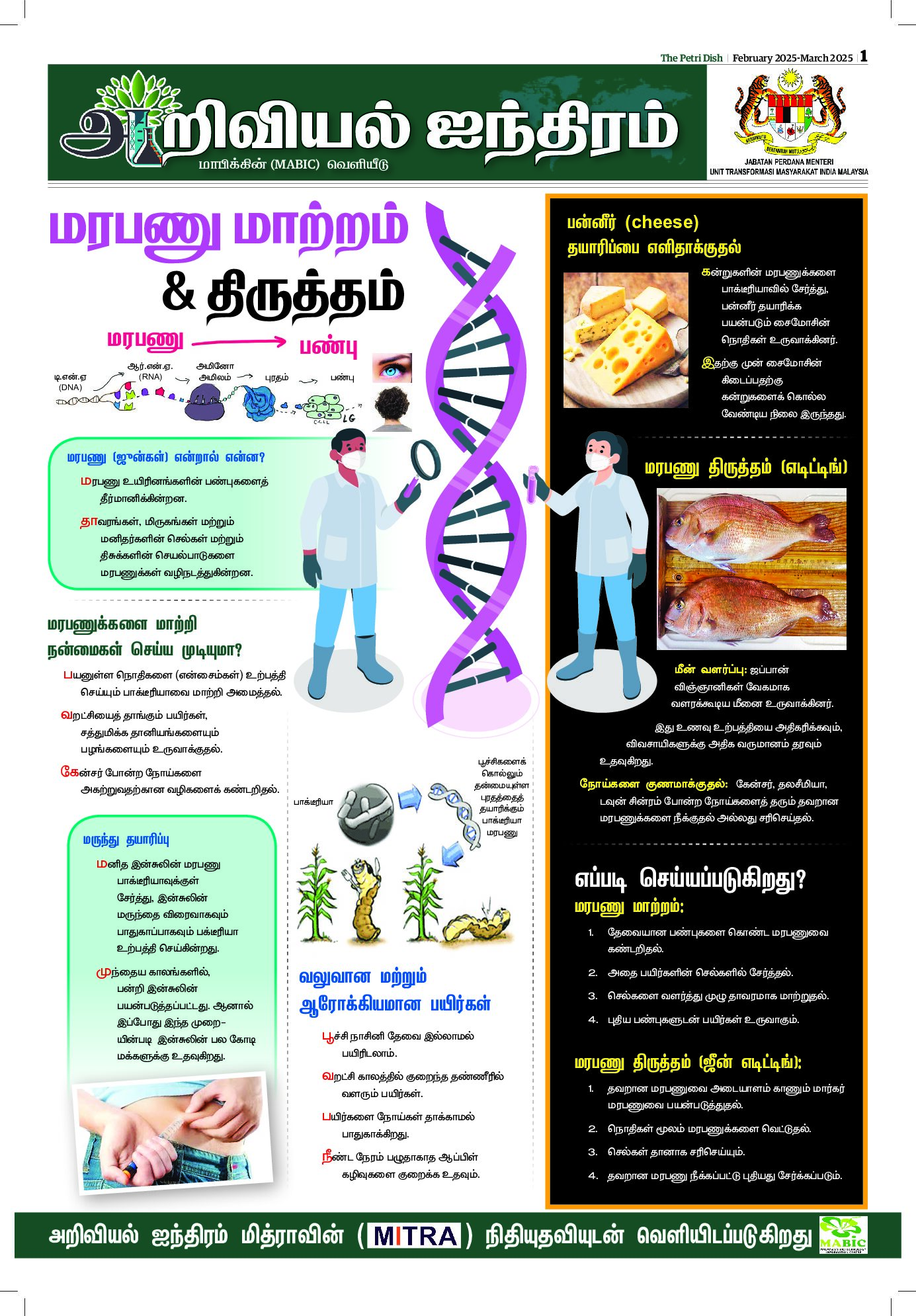
When did you realise that origami could be more than just a hobby?
I started folding origami when I was eight, and at that time it never occurred to me that I would be where I am today – an origami scientist. I worked at this multinational company in Japan, the major origami industry of the world, for about seven and a half years. It was there that I was exposed to all the legendary origami masters and their creations. I used this as an opportunity to learn as much as possible during my stay there.
I was a senior manager in that company before returning to Malaysia in 2011, the same year the Fukushima earthquake happened. I then decided to go on a six-month observational tour to assess the local origami scene, travelling around Peninsular Malaysia to feel the local pulse on origami. I even had makeshift booths and tables at local bazaars and busy streets to teach origami for free. What I observed was – the awareness of the importance of origami usually came from foreigners, like expatriates or tourists, instead of the locals. In fact, at that time there wasn’t a single origami Malaysian icon that had been folded.

Academy PIX/Farah Nadzri
Why do you think it is important to promote origami in Malaysia? How did you come to the decision to dedicate yourself to promoting and teaching origami in Malaysia?
It was when I participated in the International Meeting on Origami in Science, Mathematics, and Education conference (OSME) in Tokyo during a sharing session with origami science pioneers I experienced a “lightbulb” moment.














